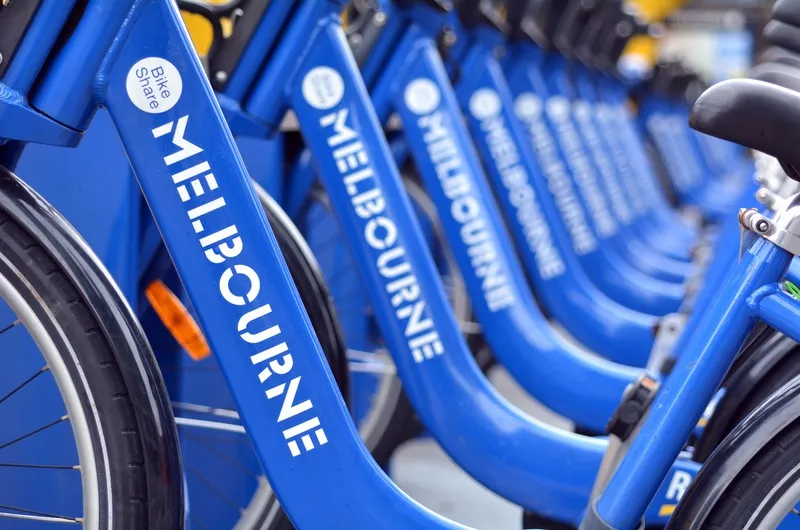Data Signs (Australia) is using this week’s ITS World Congress exhibition to launch two new LED-based traffic control products, and to highlight its range of products to a broader international audience.
New products on display are a variable speed limit sign and solar-powered portable traffic lights, both of which are controlled using Data Signs’ inhouse developed touch screen systems.
Its variable speed limit sign supports Transmax’s ITS Streams platform, as well as all relevant Australian standards, wh
October 10, 2016
Read time: 2 mins

New products on display are a variable speed limit sign and solar-powered portable traffic lights, both of which are controlled using Data Signs’ inhouse developed touch screen systems.
Its variable speed limit sign supports Transmax’s ITS Streams platform, as well as all relevant Australian standards, while its solar-powered portable traffic lights (PTLs) are built to Australian Standard AS4191- 1994 requirements.
Communicating via RF, operating range for the PTLs is up to 3km using the high-gain directional antennas installed as standard, and can be set up by a single person.
According to Michael Shade, Data Signs’ sales and marketing executive, all components used in the company’s products are designed at its Melbourne R&D facility, manufactured to its own specifications, and assembled at its Brisbane assembly plant.
“Designing our own components – rather than using off-the-shelf elements – gives us a lot more functionality, allows us to cater for a wide range of international standards, and means they are easily customisable,” he said.
“We’re at this week’s ITS World Congress exhibition to show off our innovation, and to reach a broader international audience.
“We are also looking for international distributors,” said Shade.









